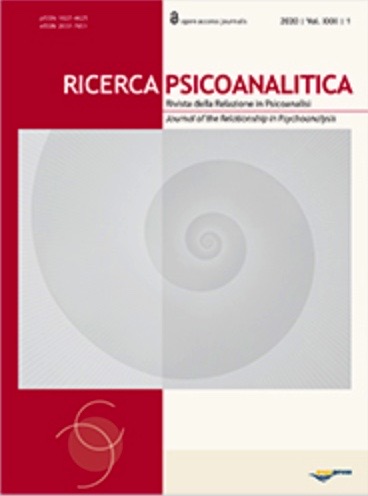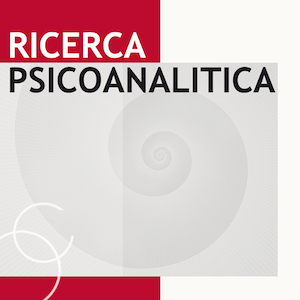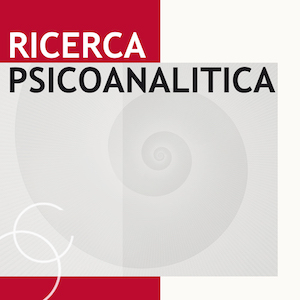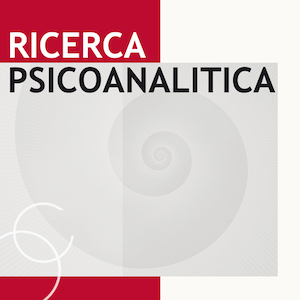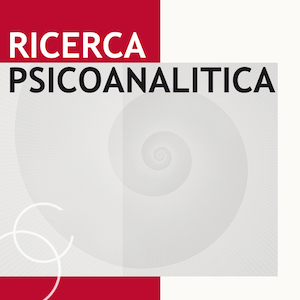Scritti
V. 33 N. 1 (2022)
Alle cose stesse. Un contributo del pensiero di Martin Heidegger alla meta-teoria dell’Io-soggetto
Publisher's note
All claims expressed in this article are solely those of the authors and do not necessarily represent those of their affiliated organizations, or those of the publisher, the editors and the reviewers. Any product that may be evaluated in this article or claim that may be made by its manufacturer is not guaranteed or endorsed by the publisher.
All claims expressed in this article are solely those of the authors and do not necessarily represent those of their affiliated organizations, or those of the publisher, the editors and the reviewers. Any product that may be evaluated in this article or claim that may be made by its manufacturer is not guaranteed or endorsed by the publisher.
##plugins.generic.dates.received##: 4 aprile 2021
##plugins.generic.dates.accepted##: 12 ottobre 2021
##plugins.generic.dates.accepted##: 12 ottobre 2021
2890
Visite
511
Downloads

